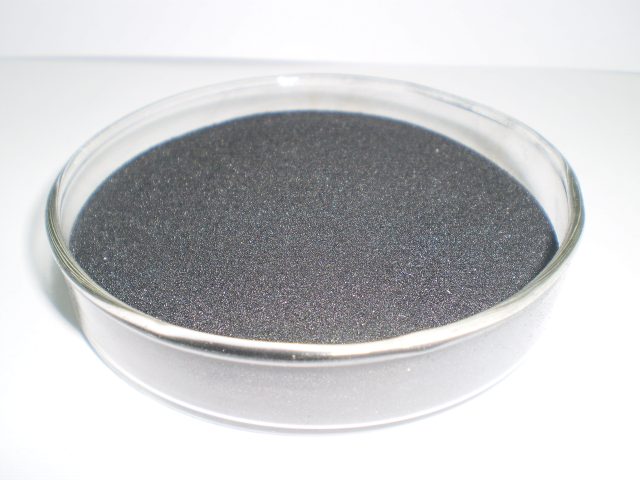The fulvic acid product is a black powdery substance, soluble in water, and the aqueous solution is acidic, non-toxic, stable in the natural environment, and easily flocculated in the presence of high-priced metal ions.
Fulvic acid increases the disease resistance of crops
According to domestic and foreign data, fulvic acid has a certain preventive effect on a variety of plant diseases.
Prevention and treatment of wheat gibberellin. According to Ye Meide and other experiments, in the case of the same amount of carbendazim, the treatment of fulvic acid treatment reduced the disease rate by 30% compared with carbendazim alone, and improved the control effect.
Prevention and treatment of sweet potato diseases. According to the results of Chang Zengrong et al. on the control of sweet potato black spot, the rooting of “sodium fulvate decamethyl thiophanate” was better than that of sodium fulvic acid alone; the test showed that sodium fulvate alone Or mixed with methyl thiophanate has good control effect on sweet potato root rot and black spot.
Prevention and control of peanut leaf spot. According to the test results of the prevention and control of peanut leaf spot disease after the combination of fulvic acid and carbendazim, fulvic acid and methyl thiophanate in Baoding Agricultural School, it fully shows that fulvic acid has increased to carbendazim and methyl thiophanate. It has an effect, saves pesticides and reduces costs. It is an ideal pesticide synergist.
Prevention and treatment of cotton blight and verticillium wilt. Wang Shuqi et al. systematically studied the control effect and synergistic effect of fulvic acid salt on cotton blight and verticillium wilt. The test results show that the application methods of irrigation and spraying have obvious control effects on cotton blight and verticillium wilt, and the control of the disease is also improved with the increase of drug dosage or application frequency. Spray 5000 times liquid, once every 10-15 days, need to spray 3 times; root irrigation with 2000 times liquid fulvic acid, 10-15 days once, twice is appropriate. Through two years of field control experiments, the control effect of root irrigation and seed dressing is better than spraying, but root irrigation is not easy to apply, and seed dressing is the most labor-saving and time-saving method, easy to promote.
Prevention and treatment of apple rot disease. According to the research results of the agricultural school in Hengshui area, before the bud sprouting in the middle and late February, the apple rot lesions were scraped off, and the wound was protected with 5,000 times solution of fulvic acid solution, and then applied once every 30-40 days. The results of the investigation showed that the lesions after the cure were basically cured and the recurrence rate of the lesions was very low. According to Xu Xudan and other methods, the use of fulvic acid and the above method to control apple rot disease, the control effect is also good.
Prevention and treatment of iron deficiency yellowing. According to the results of the experiment of yellowing disease such as sea bream, apple, pear and tomato by the Institute of Atomic Energy of Chinese Academy of Agricultural Sciences and Lu Xin, iron fulvic acid is an ideal drug for preventing iron deficiency yellowing, which is not only better than sulfate Iron and organic iron chelating agent, and low cost, safe to use, not easy to produce phytotoxicity, can improve product quality and quality.
The fulvic acid is not magical, but it is creating magic. It is a precious wealth left by nature for hundreds of millions of years. There is no chemical equation for complexity, and artificial can not be synthesized at all.

